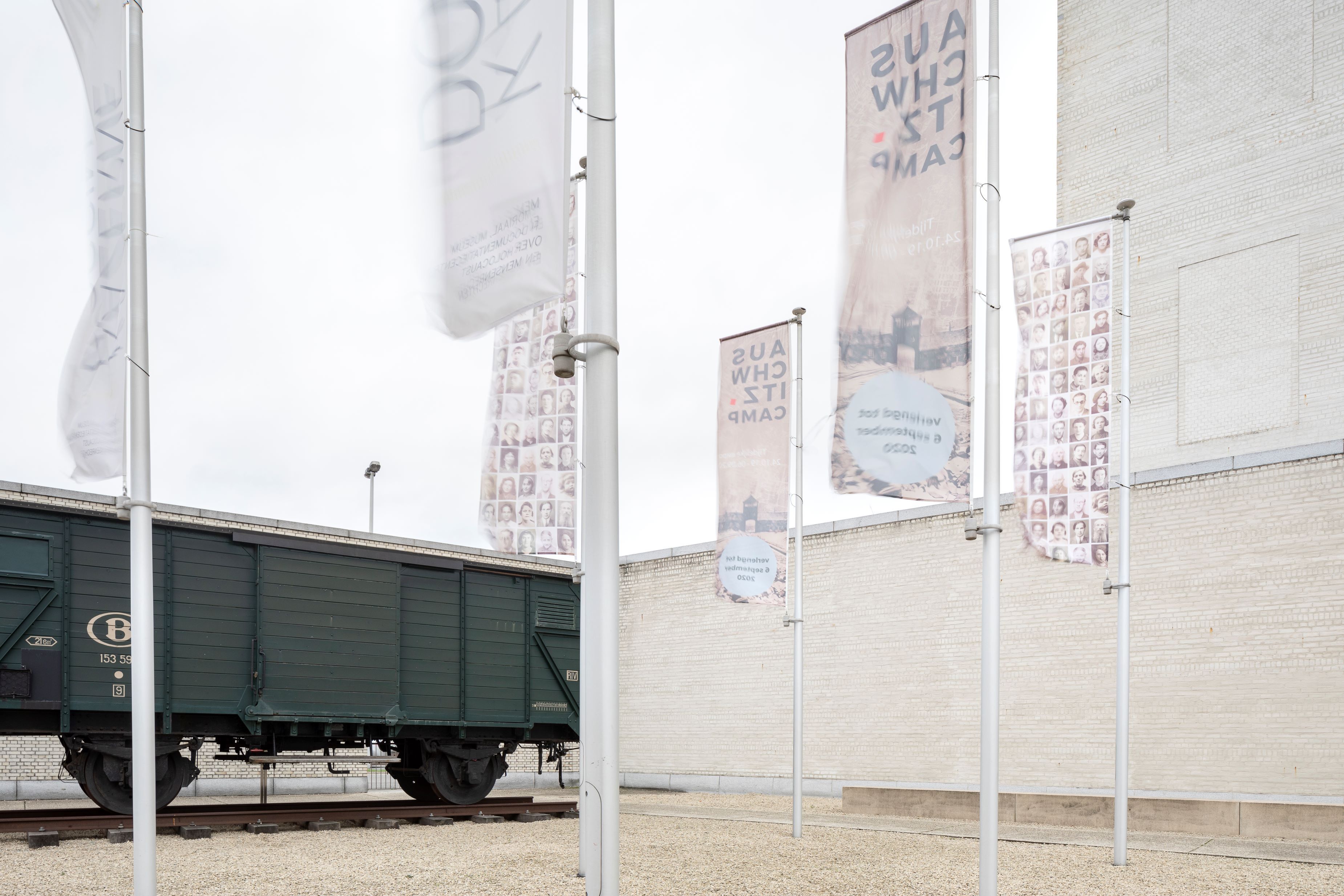Comic book creators depict horrors of the Holocaust in travelling exhibition

Kazerne Dossin in Mechelen is hosting the travelling exhibition Picturing the Unimaginable about life during the Holocaust. In it, contemporary comic book artists tell a story in the context of three former concentration camps.
Ten artists of different backgrounds and ages from the Netherlands, Germany and Belgium worked on the exhibition, creating stories based around three Nazi camps: Neuengamme in Germany, the Dossin Barracks in Belgium and Camp Westerbork in the Netherlands.
The drawings are given context by historical objects, audiovisual fragments from experts and eyewitnesses and information about the creative process. The accompanying graphic novel contains additional interpretation.
"Comics are a powerful medium to build a bridge between the living world of young people and the historical story told by Kazerne Dossin"
At the heart of Picturing the Unimaginable is an 80-year-old graphic novel discovered in an American archive.
To give readers an idea of what was happening in Europe, illustrator August M Froehlich depicted what happened after the arrival of a deportation train. The cartoon was published in early 1945 while most German death camps were still in operation.
“Comics are a powerful medium to build a bridge between the living world of young people and the historical story told by Kazerne Dossin,” says centre director Tomas Baum. “With this kind of educational initiative, we want to provide a broad audience with the tools to learn and reflect on history, with a view to conscious citizenship.”
Picturing the Unimaginable was developed with Remembrance Centre Camp Westerbork in the Netherlands and Gedenkstätte Neuengamme in Germany, NIOD Institute for War, Holocaust and Genocide Studies and publisher Scratch Books. It can be visited free of charge until 15 December at Kazerne Dossin.
The museum, memorial and Holocaust documentation centre is based in the former Dossin Barracks, where Jewish people, Roma, Sinti and other persecuted groups were held before being transported to concentration camps during the Second World War.
#FlandersNewsService | © PHOTO KAZERNE DOSSIN / ILSE LIEKENS
Related news

